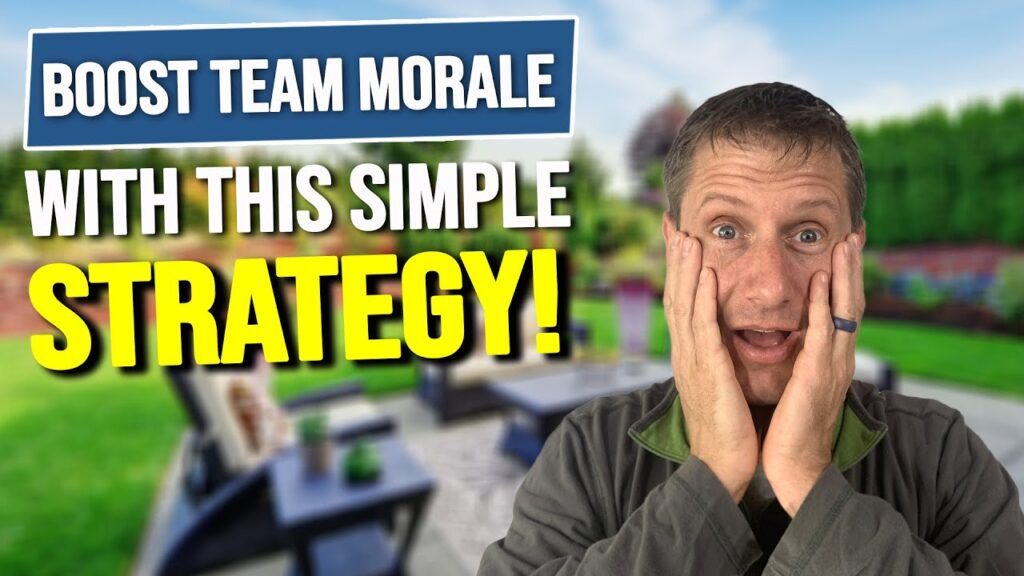In 2024, the landscaping industry continues to thrive, with an increasing number of businesses and a growing workforce. Understanding the latest statistics can help landscapers make informed decisions and stay competitive. This article delves into the current state of the landscaping industry, providing key insights and data relevant to professionals in the field.
Overview of Landscaping Businesses
The U.S. is home to 647,741 landscaping businesses, a number that has grown by 39% over the past decade (This Old House) (NALP). Most of these businesses are small, with over 70% having just 1-4 employees (RubyHome) (This Old House). This trend reflects the industry’s accessibility for small business owners and the importance of personalized service in landscaping.
Employment in the Landscaping Industry
Nearly 1.4 million people are employed in the landscaping industry across the U.S., earning an average salary of $28,828 (RubyHome) (NALP). The workforce is predominantly male, with men making up 85% of the industry (This Old House). The states with the highest number of landscaping businesses are Florida (61,550), California (53,786), and New York (44,859) (This Old House), highlighting regions with significant demand for landscaping services.
Financial Performance of Landscaping Businesses
BrightView stands out as the largest landscaping company in the nation, primarily focusing on commercial landscaping. In 2022, BrightView employed over 22,000 people and generated $2.77 billion in revenue (This Old House). Only six landscaping companies in the U.S. surpassed $400 million in revenue last year, underscoring the industry’s highly fragmented nature (This Old House) (ConsumerAffairs).
Costs of Landscaping Projects
Landscaping projects can vary widely in cost. The typical price range is between $2,600 and $13,700, with an average project costing around $8,150 (RubyHome). Here’s a breakdown of costs for specific types of projects:
- Weeding: $50 – $250
- Leaf removal: $150 – $300
- Lawn fertilization: $250 – $600
- Planting trees: $90 – $1,650
- Fire pit installation: $330 – $1,800
- Planting flower beds: $800 – $3,000
- Sod installation: $3,400 – $5,100
- Sprinkler system installation: $1,800 – $5,200
- Patio installation: $2,300 – $6,900
- Fence installation: $1,800 – $6,200
- Gazebo installation: $5,300 – $9,300
- Retaining wall: $3,550 – $9,750
- Deck construction: $4,300 – $12,200
- Swimming pool installation: $26,200 – $62,900
Maintenance Costs
Monthly maintenance for landscaping typically costs between $100 and $200, but for larger yards, this can go up to $300 per month (RubyHome). Lawn mowing services alone range from $50 to $250 per service (RubyHome) (NALP). Urban areas, especially high-cost regions like Los Angeles or San Francisco, tend to have higher hourly rates for landscaping services, which typically range from $50 to $100 per hour (This Old House).
Benefits of Landscaping
Investing in landscaping offers numerous benefits:
- Enhanced Aesthetics: Improves the visual appeal and curb appeal of a property.
- Increased Property Value: Well-designed landscaping can increase a home’s value by 5.5% to 12.7% (RubyHome).
- Environmental Benefits: Helps in air purification, erosion control, and stormwater management.
- Improved Air Quality: Plants absorb pollutants and release oxygen, contributing to better air quality.
- Temperature Regulation: Trees and plants provide shade, reducing energy consumption.
- Noise Reduction: Greenery helps absorb and deflect sound, reducing noise pollution.
- Privacy and Screening: Elements like hedges and trees create privacy.
- Recreation and Relaxation: Provides space for outdoor activities and relaxation.
- Wildlife Habitat: Attracts wildlife, creating a biodiverse ecosystem.
- Health and Well-being: Spending time in green spaces reduces stress and improves mood.
How Landscaping Affects Home Values
A Virginia Tech study found that transitioning a home from no landscaping to a well-executed landscape can increase its value by 5.5% to 12.7% (RubyHome). Design sophistication was rated as the most impactful factor, followed by plant size and diversity of plant types. For example, a $150,000 home with just a lawn could see its value increase by $8,250 to $19,050 with quality landscaping (RubyHome).





